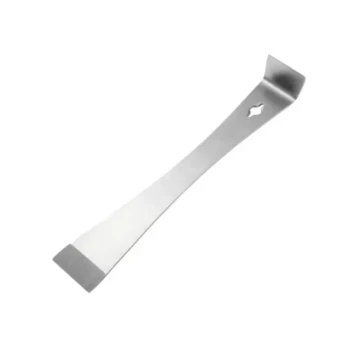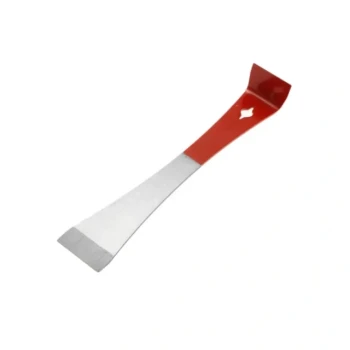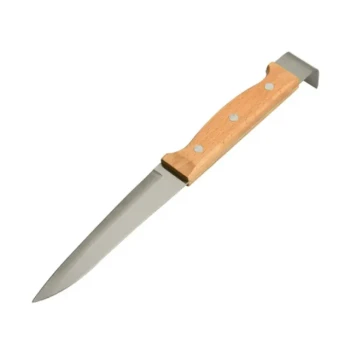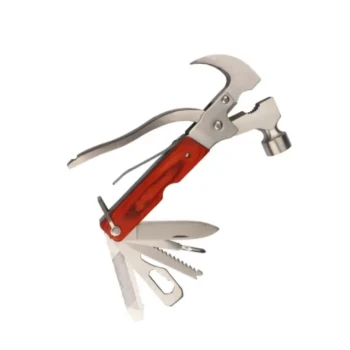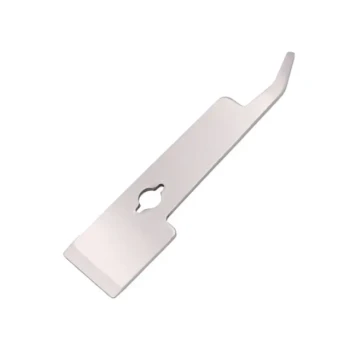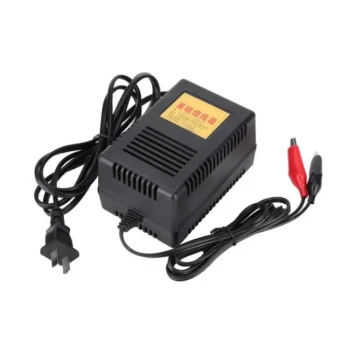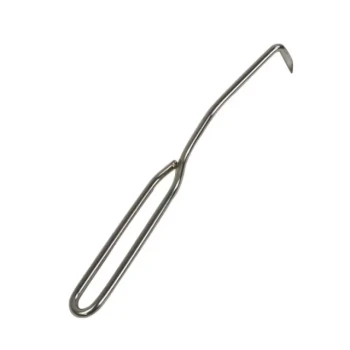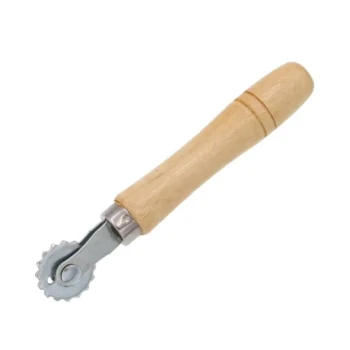Beyond the bee suit, your most critical pieces of additional safety equipment are a bee smoker and a hive tool. While protective clothing creates a passive barrier against stings, these tools allow you to proactively manage the hive and the bees' behavior, forming the foundation of safe and effective beekeeping.
True beekeeping safety isn't just about preventing stings with clothing; it's about understanding and influencing bee behavior with the right tools. The smoker calms the colony, while the hive tool enables precise, non-disruptive inspections.
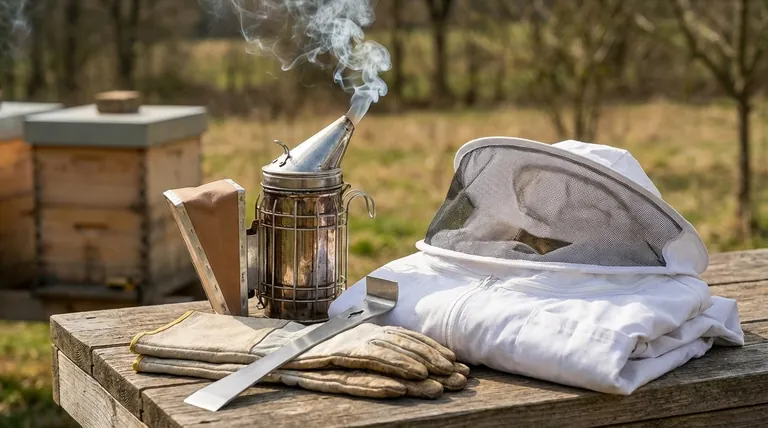
The Two Essential Tools Beyond Your Suit
While a veil and suit are non-negotiable for personal protection, they don't help you manage the hive itself. Two other pieces of equipment are considered essential by virtually every beekeeper for safe hive inspections.
The Bee Smoker: Managing Colony Behavior
A smoker is a small metal firebox with bellows that lets you direct cool, white smoke into and around the hive. This is not to harm the bees but to trigger a specific, helpful response.
The smoke masks the bees' alarm pheromone, which they release to signal danger and coordinate a defensive attack. By disrupting this chemical signal, you keep the colony in a calmer, more manageable state.
Smoke also triggers a secondary feeding response. Believing a fire may be near, the bees begin to gorge on honey. A bee with a full stomach is physically less able to angle its abdomen to sting and is generally more docile.
The Hive Tool: Your Primary Interface
A hive tool is a simple but indispensable piece of steel, typically shaped like a small crowbar on one end and a scraper on the other. Bees seal every crack and seam in their hive with a sticky, resinous substance called propolis.
Without a hive tool, it is nearly impossible to separate hive bodies, lift frames, or remove excess comb and propolis. Attempting to do so by hand is ineffective and can jar the hive, provoking a defensive response. The hive tool allows for firm, precise movements that minimize disruption.
Refining Your Personal Protective Equipment (PPE)
Once you have your smoker and hive tool, you can refine your choices in protective clothing to match your comfort and the temperament of your bees.
The Critical Role of the Veil
If you invest in only one piece of protective clothing, it must be a veil. Bees are naturally drawn to attack the face of a potential threat, likely because they detect the carbon dioxide you exhale. A veil provides an essential barrier for your face, neck, and head.
Gloves: Protection vs. Dexterity
Beekeeping gloves protect your hands and wrists. They typically come in two varieties: thick leather gloves that offer maximum protection and thinner nitrile or latex gloves that provide greater dexterity for delicate tasks. Many beekeepers start with leather and move to nitrile as they gain confidence.
Footwear: Closing the Final Gap
Bees can and will crawl. Wearing closed-toe shoes, preferably boots that your bee suit can be tucked into, prevents bees from crawling up your pant legs and finding exposed skin.
Understanding the Trade-offs
Every equipment choice involves balancing safety, comfort, and cost. Understanding the associated risks is crucial.
Full Suit vs. Jacket
A full bee suit offers maximum, head-to-toe protection. A jacket-and-veil combination is often more convenient for quick inspections but leaves your lower body vulnerable unless paired with thick pants and proper footwear. For beginners, a full suit is always the safer recommendation.
The Minimalist Approach
You may see experienced beekeepers work their hives with just a veil and street clothes. They have developed a deep understanding of their specific bees' temperament and can read their behavior perfectly. This approach carries significant risk and is not recommended for beginners.
Smoker Fuel and Usage
The goal is to produce cool, white smoke. Overheating your smoker or using inappropriate fuel can produce hot smoke or sparks, which will harm your bees and make them more aggressive. Likewise, using too much smoke can be overly disruptive to the colony. A few gentle puffs at the entrance and under the lid are usually sufficient.
Making the Right Choice for Your Goal
Your specific needs will dictate the ideal equipment set.
- If your primary focus is maximum safety as a new beekeeper: Invest in a full ventilated suit, leather gloves, a quality smoker, and a hive tool.
- If your primary focus is convenience for quick hive checks: A jacket/veil combo paired with thick pants, gloves, and your hive tool may be sufficient, but always have your smoker ready.
- If your primary focus is working on a tight budget: The absolute non-negotiable minimums are a veil, a smoker, and a hive tool, paired with thick, light-colored clothing that covers you completely.
Ultimately, proper safety equipment empowers you to work calmly and confidently, turning beekeeping into a more productive and enjoyable experience.
Summary Table:
| Essential Safety Equipment | Primary Function | Key Benefit |
|---|---|---|
| Bee Smoker | Manages colony behavior | Calms bees by masking alarm pheromones |
| Hive Tool | Enables hive manipulation | Allows precise, non-disruptive frame separation |
| Veil | Protects face and head | Essential barrier against facial stings |
| Gloves | Protects hands and wrists | Balances protection with dexterity |
Ready to Equip Your Apiary with Professional-Grade Safety Gear?
As a commercial beekeeper or equipment distributor, your operation's safety and efficiency depend on reliable, high-performance tools. HONESTBEE supplies commercial apiaries and beekeeping equipment distributors with wholesale-focused beekeeping supplies and equipment that meet the demands of professional operations.
Let us help you: • Source durable smokers and hive tools built for daily commercial use • Equip your team with ventilated suits that withstand rigorous conditions • Access bulk pricing on essential safety equipment for your entire operation
Contact our wholesale specialists today to discuss your specific equipment needs and discover how our commercial-grade solutions can enhance your beekeeping safety and productivity.
Visual Guide
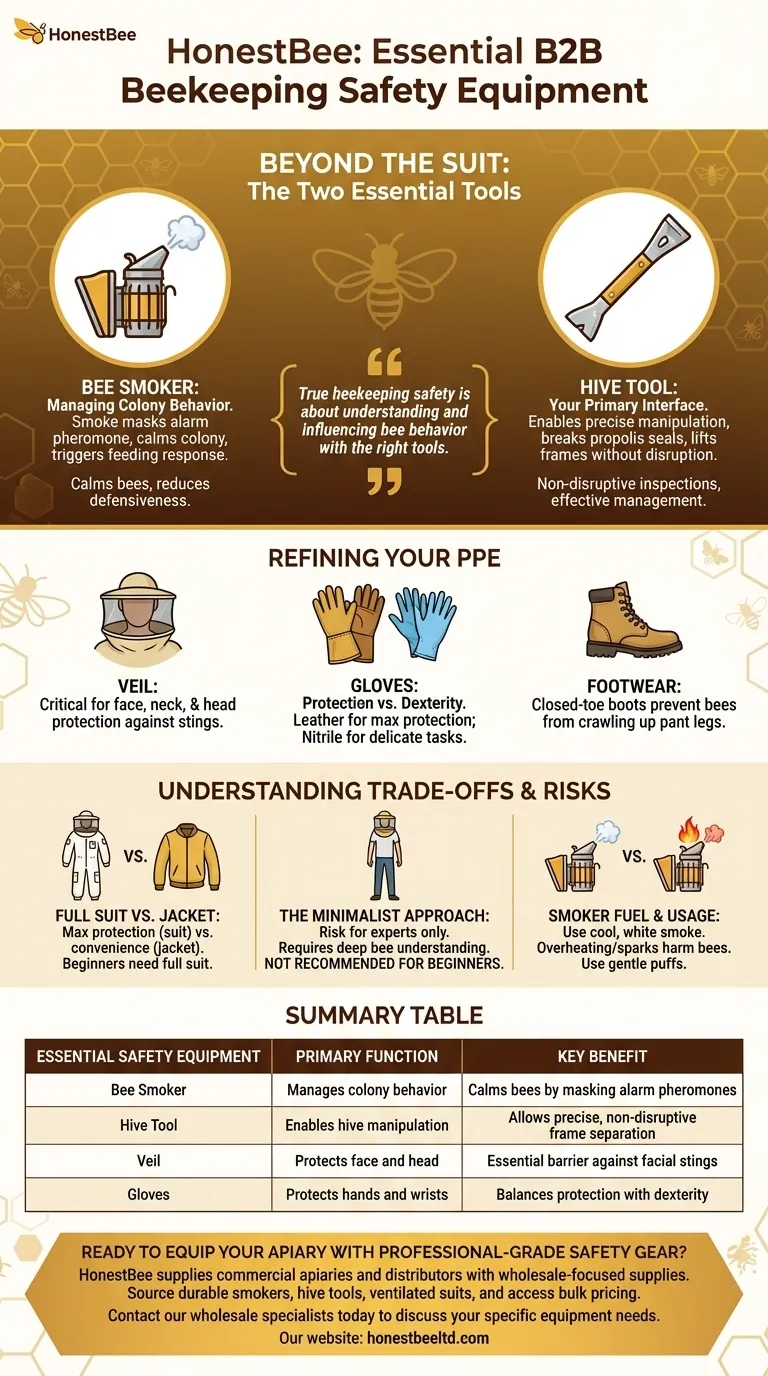
Related Products
- Professional Stainless Steel Pry-Bar Hive Tool
- HONESTBEE Advanced Ergonomic Stainless Steel Hive Tool for Beekeeping
- Professional Steel Pry-Bar Hive Tool with Painted Grip
- HONESTBEE Professional Multi-Functional Hive Tool with Ergonomic Wood Handle
- Multi-Function Plier-Style Frame Grip Hive Tool
People Also Ask
- What is a standard hive tool and what are its features? The Essential Multi-Function Tool for Beekeepers
- What are the features of a regular hive tool? The Essential Multi-Tool for Every Beekeeper
- What are the parts of a hive tool? Master Your Hive Inspections with the Right Tool
- What equipment and implements are needed by beekeepers besides the hives? Build Your Essential Beekeeping Toolkit
- What is the correct method for lifting frames with a hive tool? Master the Technique for a Calm Hive
